Crossing Siberia, from Moscow to Mongolia
In 1891, Nicholas II made a grand voyage across what was then the Russian Empire on what was called The Tsar’s Train.
Change Size
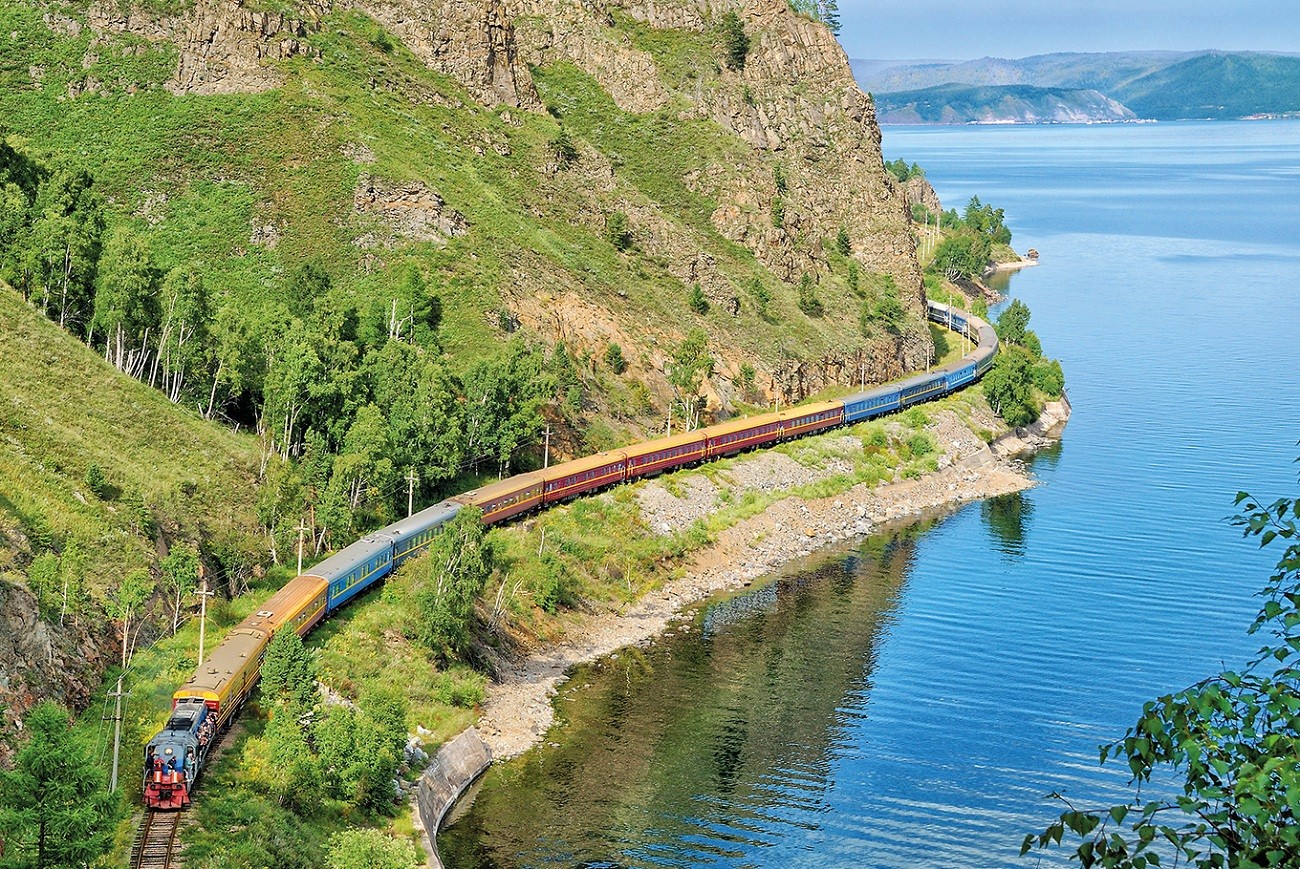 Lake Baikal, from the Trans-Siberia Express (Lernidee Erlebnisreisen/File)
Lake Baikal, from the Trans-Siberia Express (Lernidee Erlebnisreisen/File)
I
n 1891, Nicholas II made a grand voyage across what was then the Russian Empire on what was called The Tsar’s Train. The potentate ventured from the imperial capital of Saint Petersburg to Vladivostok, on the frozen rim of Siberia, more than 9,000 kilometers away.
The same route, now known as the Trans-Siberia Railroad, exists today, with branch lines that allow journeys to destinations as far as China and Mongolia.
All aboard

Unlike Tsar Nicholas II, I would begin by voyage in Moscow, where I landed at Domodedovo Airport in October. First pro tip: Dress warmly: the temperature was about -3 degrees! Used to tropical weather, I was chilled, wearing only a thin jacket, winter hat and hand-knit gloves.
Two months before leaving for Russia, I had purchased my tickets, spending US$285 for an 87-hour passage from Moscow to Irkutsk on the Trans-Siberia Railway and $200 for the 22-hour journey from Irkutsk to Ulaanbaatar, the Mongolian capital. Purchase can also be made in Moscow, or via websites such as russianrail.com or expresstorussia.com, which will deliver tickets to your hotel.
Before departing, I stopped at a supermarket. Three days on a train traveling second class meant I had to lay in a supply of food and sundries, such as instant noodles, flip flops for the shower and five cans of beer. (Second pro tip: Russian Rail officers say that you can’t bring more than five cans on the train.
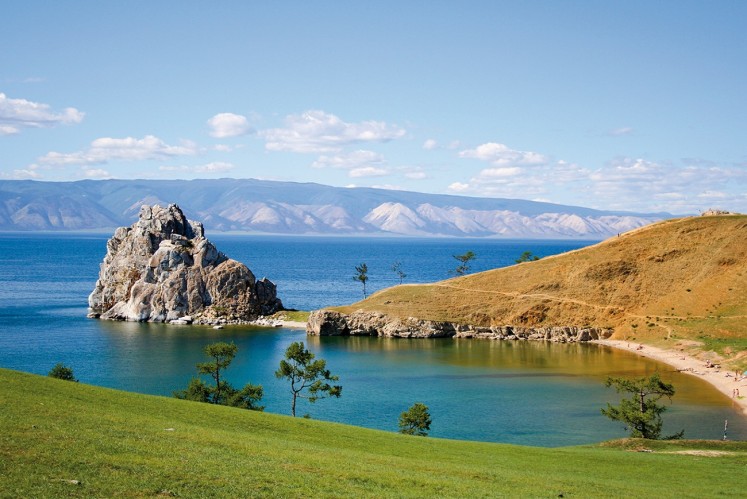
I was at Moscow Yaroslavskaya Station, which forms a rail terminus shared with Kazansky and Leningradsky Stations, about three hours before departure, as suggested. Each car of my train had from six to nine (quite clean) passenger compartments, a toilet/shower room and an officer space.
In my second-class compartment, towels, blankets, mattresses and pillows were neatly stacked. There was ample space for four to sleep, two on upper berths, which folded away during the daytime, and two on lower berths. We left Moscow just before midnight, starting my Siberian adventure.
Read also: 'The Hunger Games' comes to life in Siberia
Crossing the Taiga
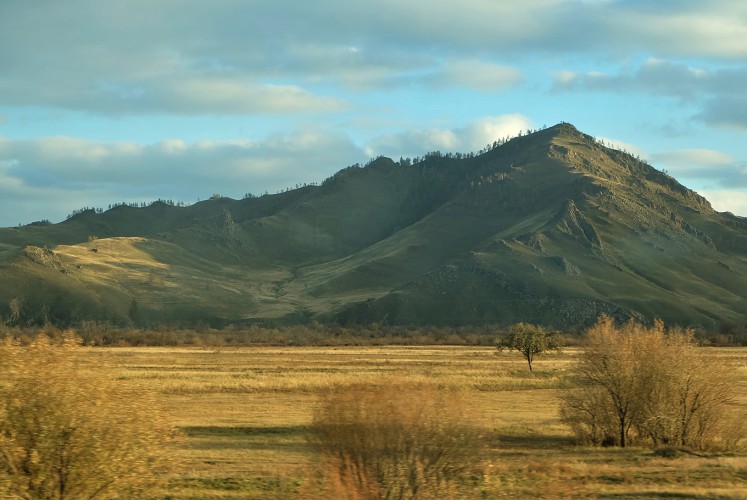
Almost half a day later, I was greeted by sunshine through the window. I looked at the passing landscape, reminded of Paulo Coelho’s description of his trip on the Trans-Siberia Railroad in his book, Aleph. The sub-arctic forests that the Russians call taiga slipped by, as did small villages full of beautiful wooden houses with windows painted in bright colors. Despite how sleepy I was, I whispered to myself not to close my eyes. It was too precious to miss the beauty in front of my eyes.
We stopped in Kazan, about 800 kilometers from Moscow. The train would make 11 stops on the way to Irkutsk. If I could, I would have gotten off in every city as we made our way east. However, time constraints meant I would be riding the rails another 4,000-or-so kilometers before disembarking. After Kazan, the view was filled by forests of birch, Russia’s national tree, whose white trunks gave off an impression both cold and mystic. Russian folklore is full of tales of spirits in the woods. It’s easy to see why.
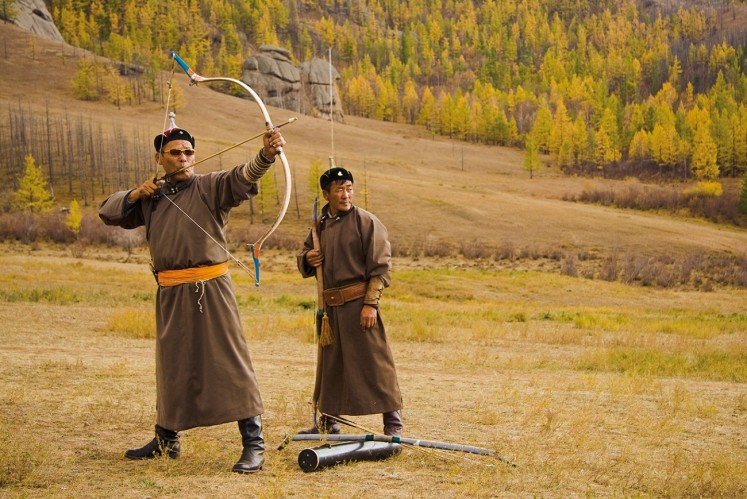
Day One turned into Day Two. I whiled away time talking with fellow travelers in the hallway. Sometimes, I stood in quiet by the window for long periods, indulging in the beautiful scenery. While there was a dining car at the end of my train, I also found it easy to get boiling water for tea, coffee and instant noodles from a spigot near the staff compartment. Compartments offer sockets to keep gadgets charged. Every car has a toilet/shower room, but make arrangements with staff before showering, as that part of the room is not open 24 hours a day.
In Irkutsk
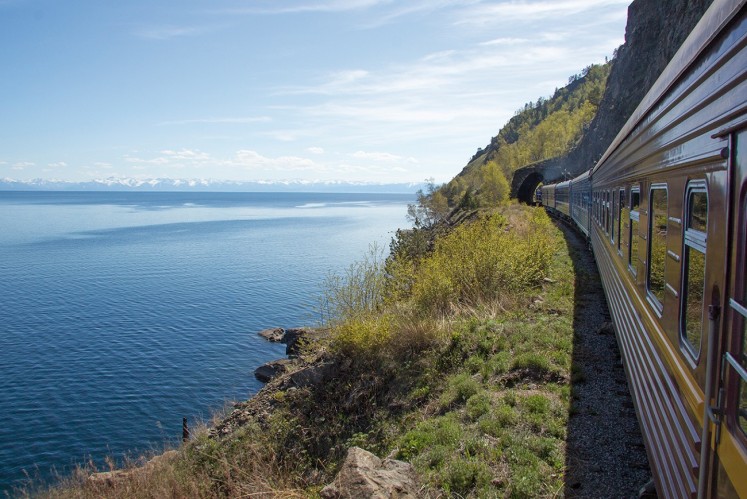
On Day Three, we reached Irkutsk and the alluring beauty of Lake Baikal. We were now more than 5,000 kilometers east of Moscow. Although the temperature was 1, the sun shone brightly and I was excited to explore this Siberian city of more than a half million. The tourist board makes it easy, with green sidewalk lines the sidewalk leading you to various statues, monuments and places of interest.
Lake Baikal is in the town of Listvyanka and just a two-hour jaunt from the city. I booked a car and driver for $100. Known as the Galapagos of Russia, Lake Baikal is home to more than 1,700 species of plants and animals. Had I arrived after December and before the Russian spring, the lake, which spans more than 31,000 square kilometers, would have been frozen over.
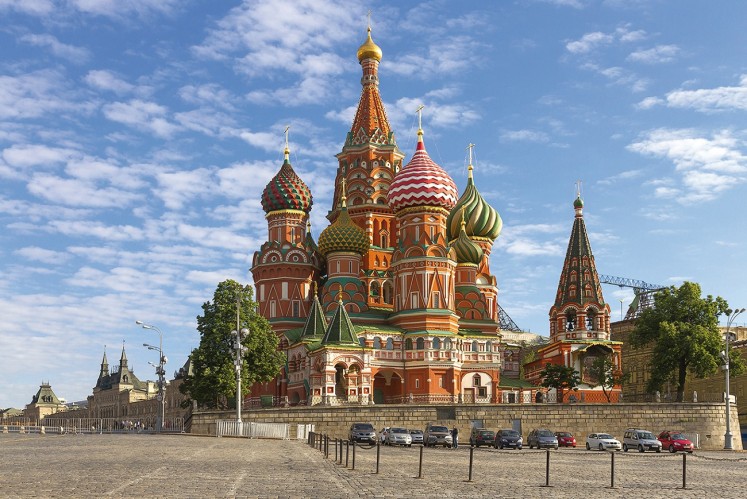
I made an easy trek overland for about an hour to reach one of the hills overlooking Lake Baikal. It was vast, looking very much like an ocean, and was lapped by small waves. Descending to the village, I visited the market in search of omul, a local delicacy of smoked fish that has a soft, sweet meat surrounded by thick fat to ward off the cold.
Read also: Moscow unveils $240m park with tundra, ice cave
On to Mongolia
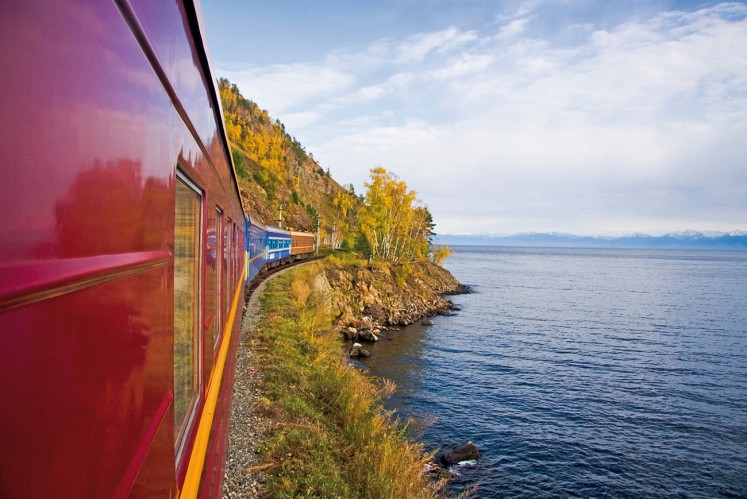
In Irkutsk, I boarded the Trans-Mongolia Railroad. I watched the sunrise over Lake Baikal as we departed at 5 a.m. Several hours later, I could still see the lake. We arrived at Ulan Ude, about 100 kilometers south of Irkutsk. The city, 600 meters above sea level, sits at the base of a mountain and is divided by the Ude River. The scenery began to change, with wild horses running in front of rolling hills and yellow savannah.
Two-hundred-fifty-three kilometers from Ulan Ude, we neared the Russia-Mongolia border at Naushki Station, where there was a wait of several hours while passports were checked. We continued for a half hour to Sukhbaatar for a longer inspection by Mongolian border guards. (Third pro tip: No pictures at Sukhbaatar. The guards are said to confiscate cameras if you do.)
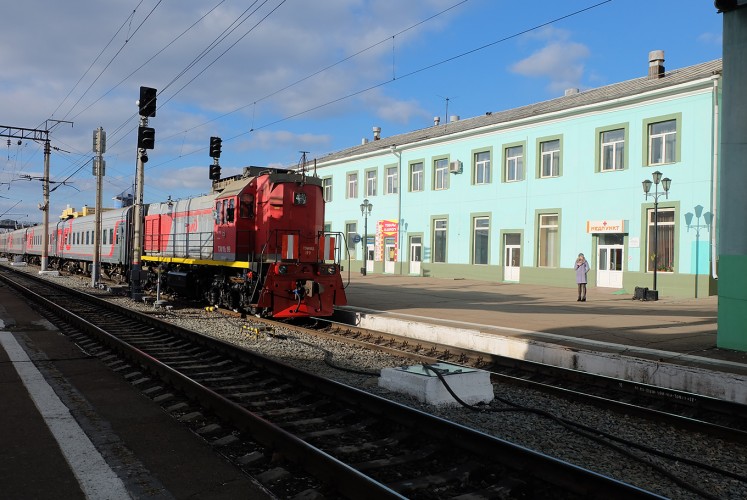
It took eight hours to reach Darkhan, the second largest city in Mongolia, where we stopped for a half hour before the last 200-or-so-kilometers to Ulaanbaatar, my final destination.
But that is another story. As others slept, I took the journal out of my bag and ticked “Traveling across Siberia to Mongolia” off my bucket list.






